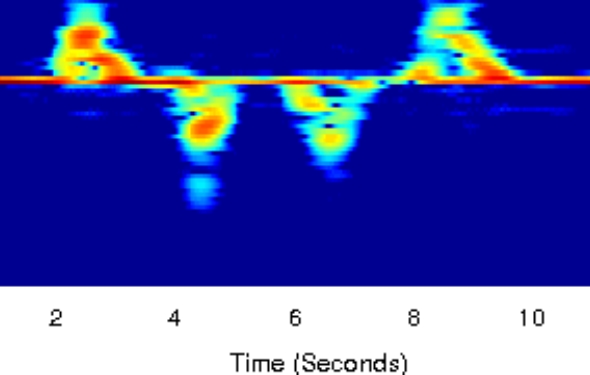X-ray Vision Possible Thanks to Wi-Fi Signal Trackers
Have you ever wondered who is lurking on the other side of a wall? Have you ever read a comic about a superhero who had x-ray vision and wished you had the same ability? Well now you can … sort of. Thanks to Professor Dina Katabi at MIT’s Department of Electrical Engineering and Computer Science people can use Wi-Fi signals to track others who are moving. These singles can even be used to track people who are moving on the other side of a wall. So what is the new technology? It is called “Wi-Vi,” and it is based on the same concept as sonar or radar imaging.
The idea of tracking people, even behind walls, is not a new concept. In fact, researchers throughout the ages have been looking for a way to not only do this but to make it inexpensive. You see, the ability to track people through walls already exists. That being said, the ability to do so requires extremely expensive, not to mention bulky, radar technology. For the most part, this kind of technology is only available to the military.
According to Professor Katabi, she could give everyone the ability to use x-ray technology, and it would be pretty inexpensive to run. She says that she and her graduate student Fadel Adbi went into this project with the goal of creating not only a low-cost and easy-to-use x-ray device but an x-ray device that doesn’t take a lot of power to run. In the end, they were able to come up with Wi-Fi technology that gives people the ability to see what others are doing on the other side of closed doors and walls.
For now, the system called Wi-Vi is still in its concept design. In general, however, it is based on the same ideas that allow sonar and radar imaging to work. However, unlike sonar and radar, Wi-Vi transmits very low-powered Wi-Fi signals. These singles will be used to reflect and track people. Professor Katabi quickly learned that this technology could even track people who are on the other side of a wall.
The professor says that when they first started and the Wi-Fi signal was pointed at a wall, a huge portion of the signal ended up getting reflected by the wall. Thus only a small portion of the Wi-Fi signal was able to penetrate the wall to track people. The signal that made it through the wall was enough to track someone, but she really wanted to increase Wi-Vi’s motion tracking capabilities.
In order to do this, she had to come up with a new way to cancel out such reflections. In the end, she came up with the idea to use a single receiver and two transmit antennas. These two antennas are able to transmit identical signals. The only difference is that the second antenna inverses the first one. Due to this, the two antennas cancel each other out when hitting static objects. However, if an object moves, the transmission between the two antennas changes.
Although the idea of someone being able to track you while you are in your house is scary, it is important to keep in mind that this information does not provide a “clear picture” of what the person is doing. Instead, it just detects movement and the location of the movement. The hope is that this information can be used to help people during disaster rescue operations. Professor Katabi also believes that people could use it for personal safety. Someone could easily use such a device to see if someone is moving inside their house before ever opening the door.
Other groups, like researchers at Microsoft, are also interested in the technology. However, they feel this information could be used for gaming. Right now, motion tracking gaming add-ons, like the Kinect, need a direct line of sight to track the user. However, this kind of technology could make it possible to track people without having to actually see them.




